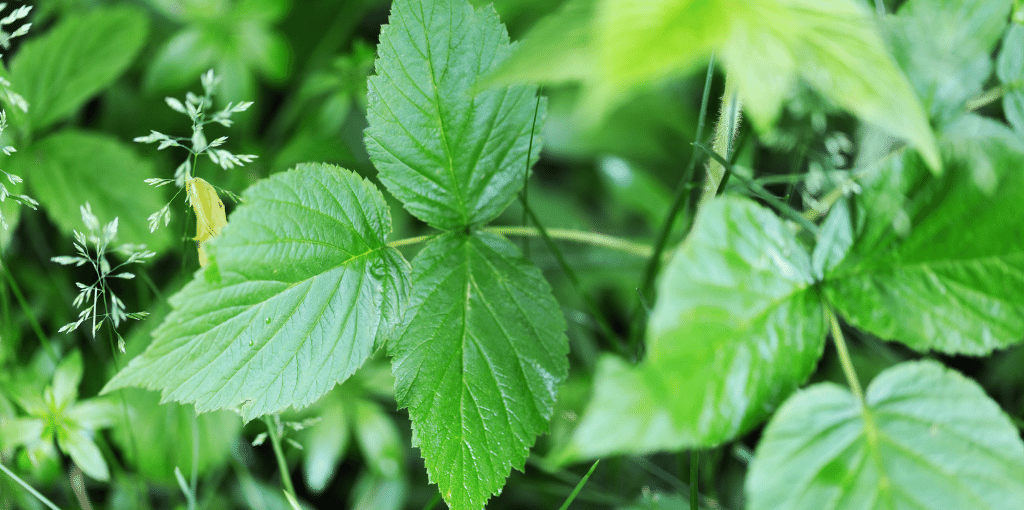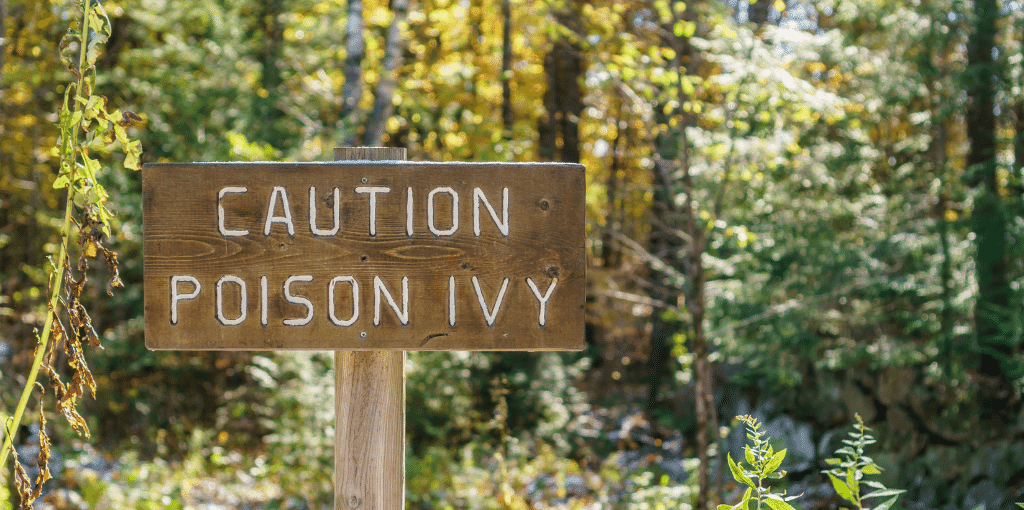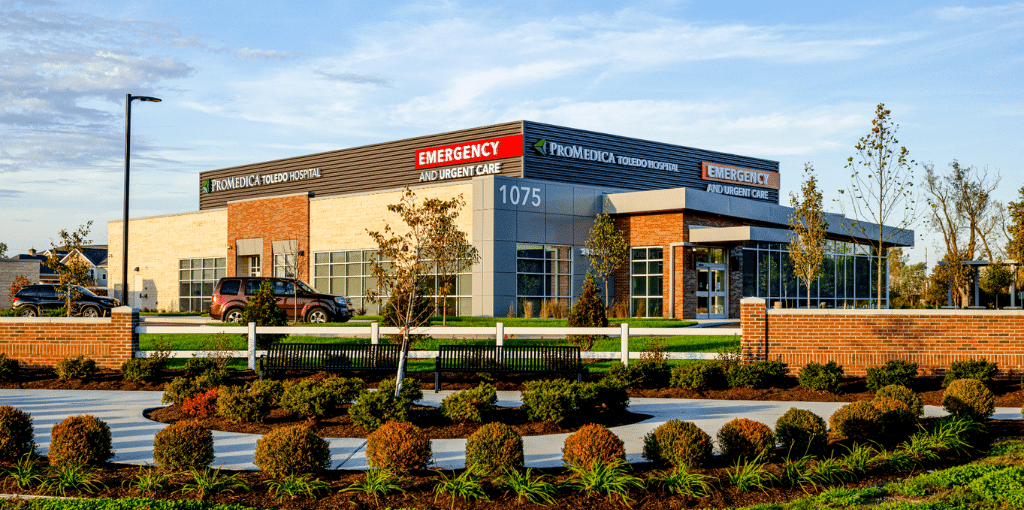Treating Poison Ivy
- Category: Blog
- Posted On:

Most of the population is allergic to poison ivy, oak, and sumac. It is the most common allergy in the United States. While the reactions are not usually severe, about 10 to 15 percent of those allergies are extreme.
What Is Poison Ivy?
Poison ivy is a plant found in most parts of the United States except for Hawaii, Alaska and other locations on the West Coast. It can grow as a vine or a shrub, and climb on poles, fences and over other plants. The leaves are glossy and have toothed edges that look smooth.
The leaves are red, yellow or even orange during the fall and turn reddish once spring rolls around. They are green during the summer.
The main culprit for the rashes you develop upon contact with poison ivy is urushiol oil. It is also found in other plants, such as poison oak and sumac.

Symptoms of Poison Ivy
The common symptoms of poison ivy are:
- Itching and redness in the area affected.
- Swelling.
- Blisters.
The rash you get from touching poison ivy is usually a straight line, which is how the plant grows and also how it would most likely contact your skin. The problem occurs when you touch the plant, a piece of clothing or a pet recently exposed to it. The rash tends to spread quickly over the skin.
Reaction to touching poison ivy develops 12 to 48 hours after the initial exposure. It could last a few weeks before it gets better on its own.
It is important to note that the symptoms cannot transfer from one person to another. It is not contagious. You can get it directly from the plant or from other things that came into contact with it like clothes, pet fur, gardening tools and other items.
Poison Ivy Treatment
Exposure to poison ivy causes blisters, which you should not scratch. The bacteria from your fingers and nails can get into the blisters and infect the wound. The rash and itchiness will disappear on their own after two to three weeks.
Until then, you can get some relief from the itchiness by:
- Using topical corticosteroid preparations.
- Taking oral prescriptions.
- Using a wet compress soaked in cold water and placing it over the affected area.
- Applying over-the-counter protectants.

Preventing Poison Ivy Reactions
The best prevention is to identify and avoid poison ivy at all costs. This is important if you like to camp or hike outdoors, where you have a higher chance of encountering the plant.
If you work near poison ivy, cover yourself adequately. Use gloves and wear long-sleeved shirts; clothing is the best barrier of protection against poison ivy.
If you come in contact with poison ivy, wash the area with soap and cold water as soon as possible. Doing it soon increases your chance of removing the oil causing the rash.
Get Fast Help at ProMedica Toledo Hospital Emergency and Urgent Care
If you have a history of extreme reactions to poison ivy, oak or sumac, go to the hospital or visit us at ProMedica Toledo Hospital Emergency and Urgent Care if you encounter the plant. Do so especially if breathing gets difficult. For those unsure about how their body will react, look for specific symptoms like high temperature or fever, pus on the rash and soft, yellowish scabs. These are signs of a severe reaction.
Other symptoms include severe itching that keeps you up at night. Rash that spreads to sensitive areas like your eyes and genitals is worrisome too. If it does not get better in a few weeks, visit your doctor for the proper treatment.
ProMedica Toledo Hospital Emergency and Urgent Care provides patients with quality care and services. Staff are ER-trained to determine patient conditions, and patients only pay for the level of service they receive - either ER or urgent care. The emergency department is open 24/7. The urgent care clinic is open from 7 a.m. to 9 p.m. daily. You don’t need an appointment -all walk-ins are welcome.
ProMedica Toledo Hospital Emergency and Urgent Care is located at 1075 Medical Center Parkway, Maumee, OH 43537.

